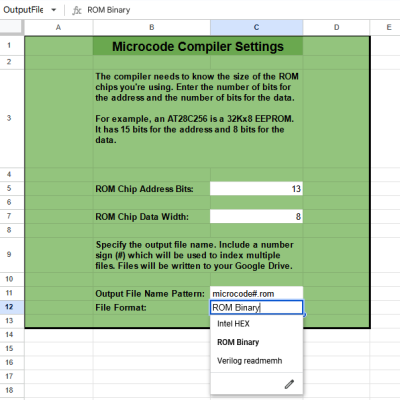In a world where so much of our lives depend on the use of online services, the web browser used to access those services becomes of crucial importance. It becomes a question of whether we trust the huge corporate interests which control this software with such access to our daily lives, and it is vital that the browser world remains a playing field with many players in the game.
The mantle has traditionally fallen upon Mozilla’s Firefox browser to represent freedom from corporate ownership, but over the last couple of years even they have edged away from their open source ethos and morphed into an advertising company that happens to have a browser. We’re asking you: can we still trust Mozilla’s Firefox, when the latest version turns on ad measurement by default?
Such has been the dominance of Google’s Chromium in the browser world, that it becomes difficult to find alternatives which aren’t based on it. We can see the attraction for developers, instead of pursuing the extremely hard task of developing a new browser engine, just use one off-the-shelf upon which someone else has already done the work. As a result, once you have discounted browsers such as the venerable Netsurf or Dillo which are cool as heck but relatively useless for modern websites, the choices quickly descend into the esoteric. There are Ladybird and Servo which are both promising but still too rough around the edges for everyday use, so what’s left? Probably LibreWolf represents the best option, a version of Firefox with a focus on privacy and security.
We’re interested in your views on this topic, because we know you’ll have a lot to say about it. Meanwhile if you’re a Firefox user who’s upgraded to version 128 and you’re not sure what to do, don’t panic. Find the settings page, go to “Privacy and Security”, and un-check the “Website Advertising Preferences” checkbox.



















